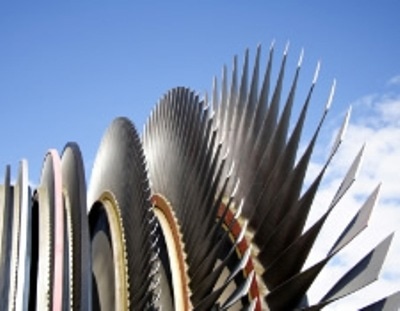410 is a hardenable martensitic stainless steel alloy. Unlike austenitic grades it can be heat treated ("quench and temper") to generate high strength with good ductility. 410 alloy is required when strength, hardness and wear resistance is required with some corrosion resistance.

Due to the hardening capabilities of this steel, other properties and the resulting performance of this material are somewhat compromised. The alloy can only effectively be used in mildly corrosive environments. The operating temperature range is limited a) a loss of strength by over tempering at elevated temperatures and b) a loss of ductility at sub-zero temperatures.
Type 410 is officially a stainless steel but characteristically the material is actually a compromise of high carbon steel alloy (which promotes wear resistance) with chromium stainless steel (which promotes corrosion resistance).
Applications of Type 410 Stainless Steel
410 stainless steel is ideal for use in the manufacture of highly stressed parts found in a variety of industries including petrochemical, automotive and power generation.
Chemical Composition of Type 410 Stainless Steel
The chemical composition of Type 410 Stainless Steel is provided in the table below.
| UNS No |
Grade |
C |
Si |
Mn |
P |
S |
Cr |
Mo |
Ni |
N |
Other |
| S24100 |
410 |
0.08/0.15 |
1.00 |
1.50 |
0.040 |
0.030 |
11.5/13.5 |
– |
0.75 |
– |
– |
Mechanical Properties of Type 410 Stainless Steel
The mechanical properties of Type 410 Stainless Steel are provided in the table below.
| UNS No |
Grade |
Proof Stress
0.2% (MPa) |
Tensile Strength
(MPa) |
Elongation
A5(%) |
Hardness Max |
| HB |
HRB |
| S41000 |
410 |
205 |
450 |
20 |
217 |
96 |

This information has been sourced, reviewed and adapted from materials provided by Masteel UK Ltd.
For more information on this source, please visit Masteel UK Ltd